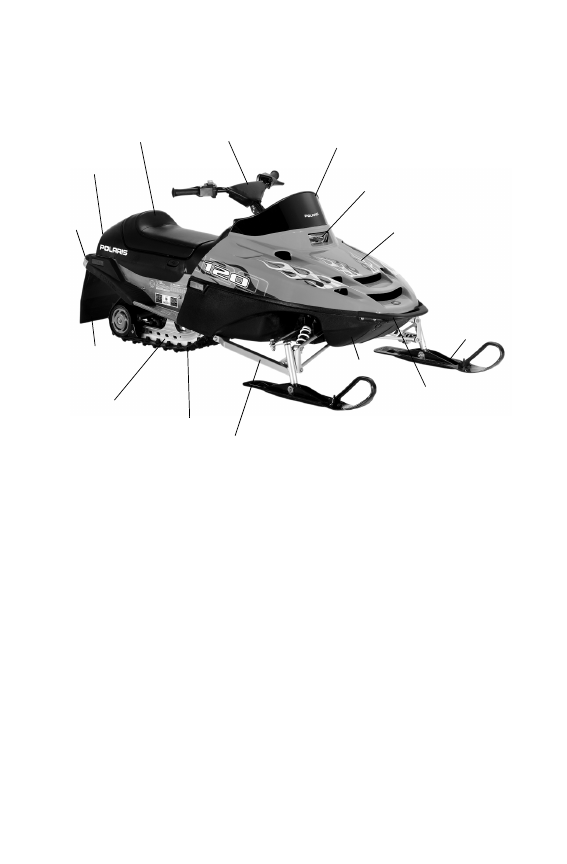Snowmobile Polaris 120. Manual - part 11

40
ADULT SECTION
Component Identification
Snow
Flap
Ski
Handlebar
Seat and
Storage
Hood
Headlight
Windshield
Track
Taillight
Rear
Suspension
Nosepan
Trailing Arm
Front
Bumper
Rear
Bumper
|
|
|

40 ADULT SECTION Component Identification Snow Flap Ski Handlebar Seat and Storage Hood Headlight Windshield Track Taillight Rear Suspension Nosepan Trailing Arm Front Bumper Rear Bumper |